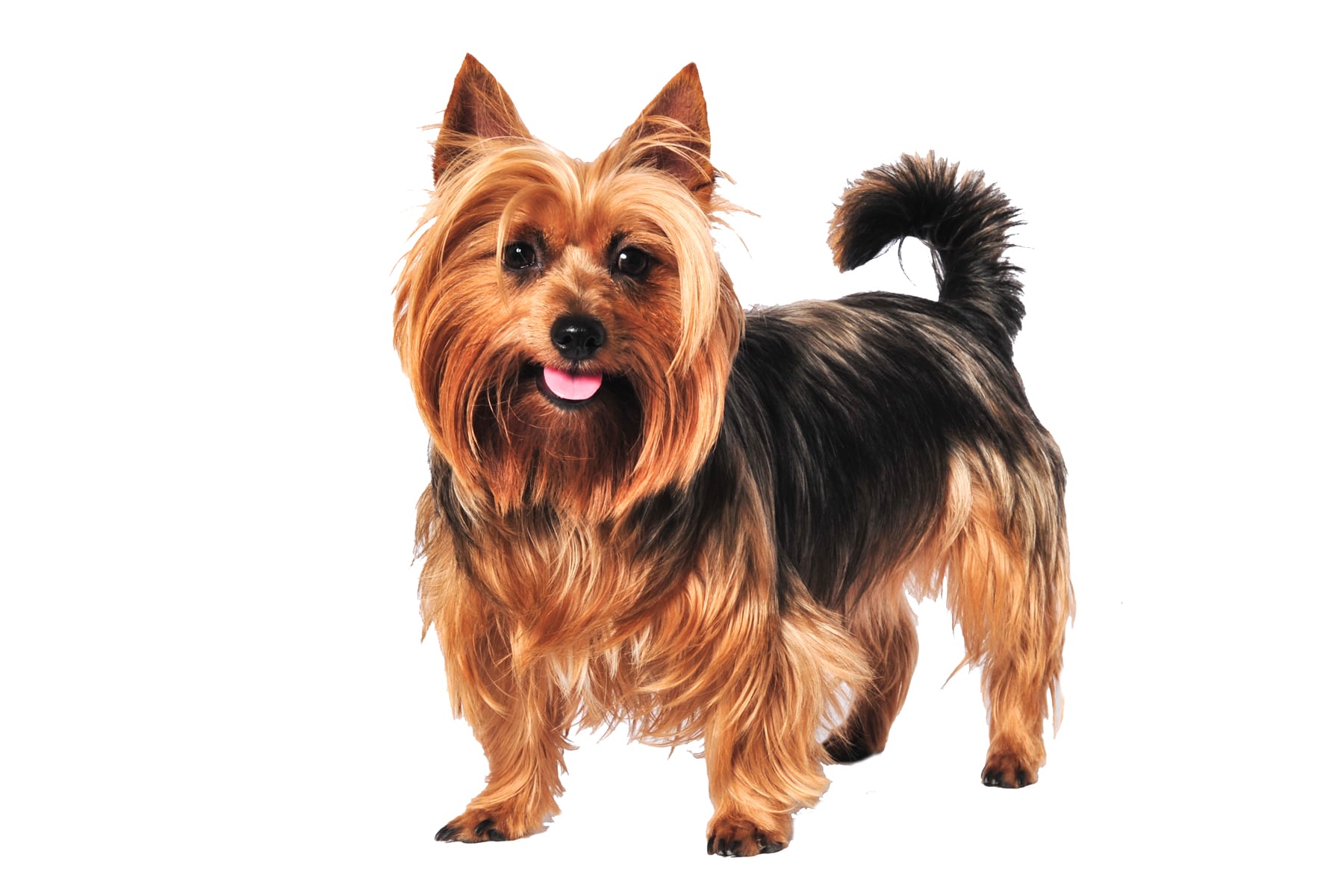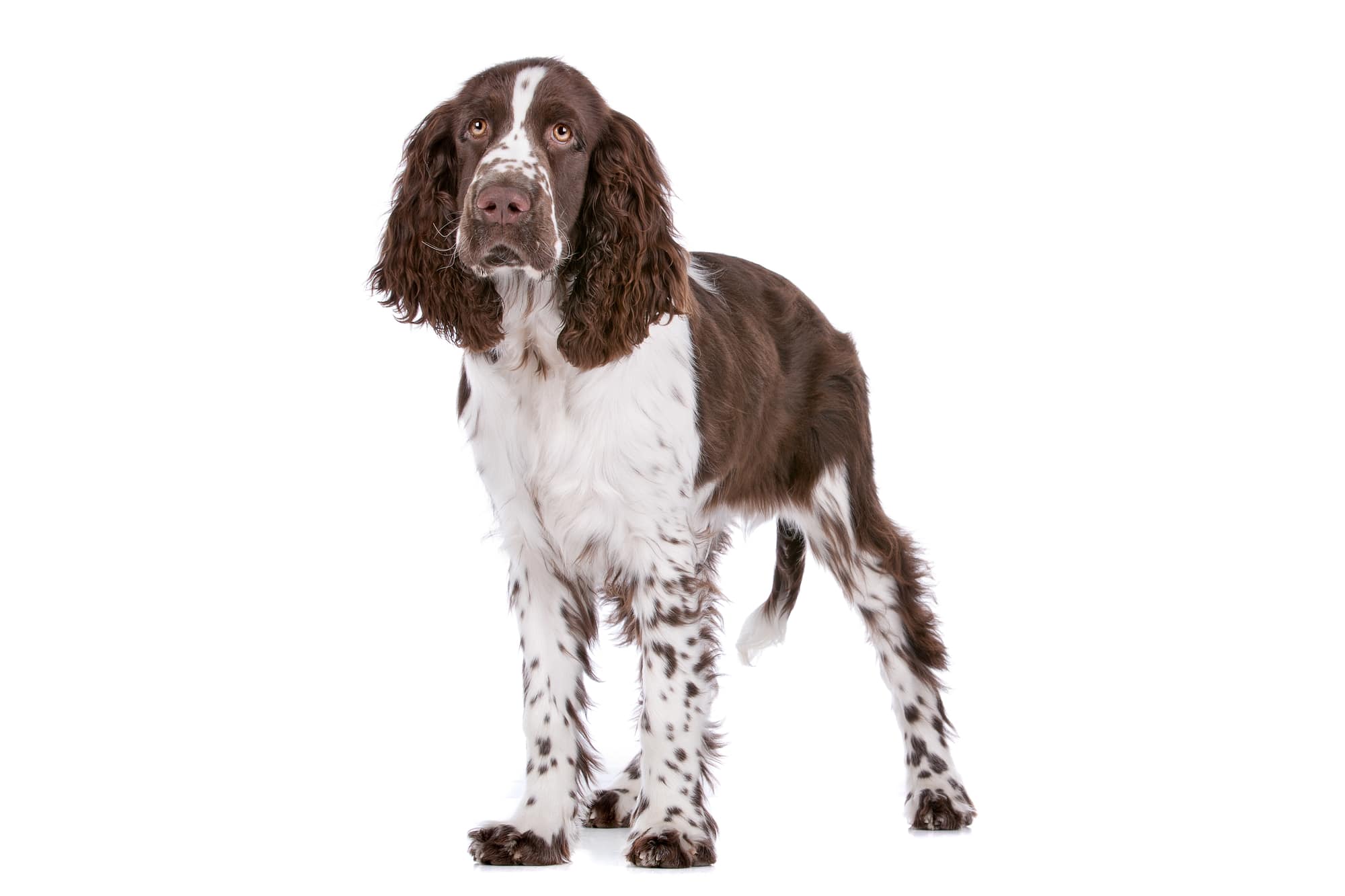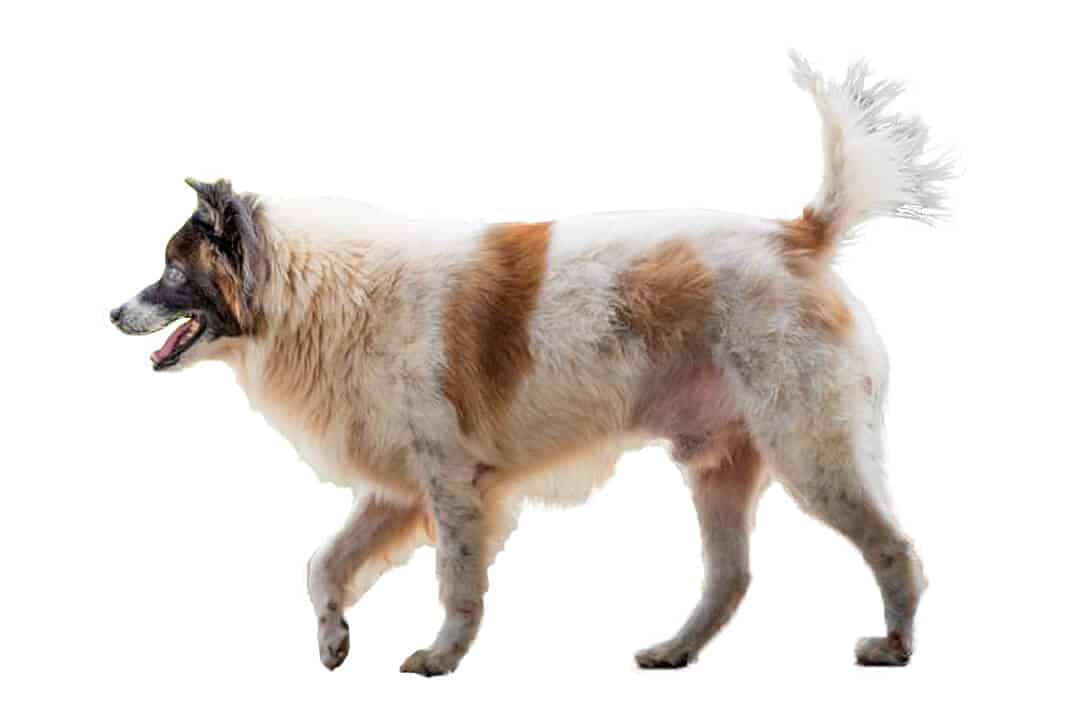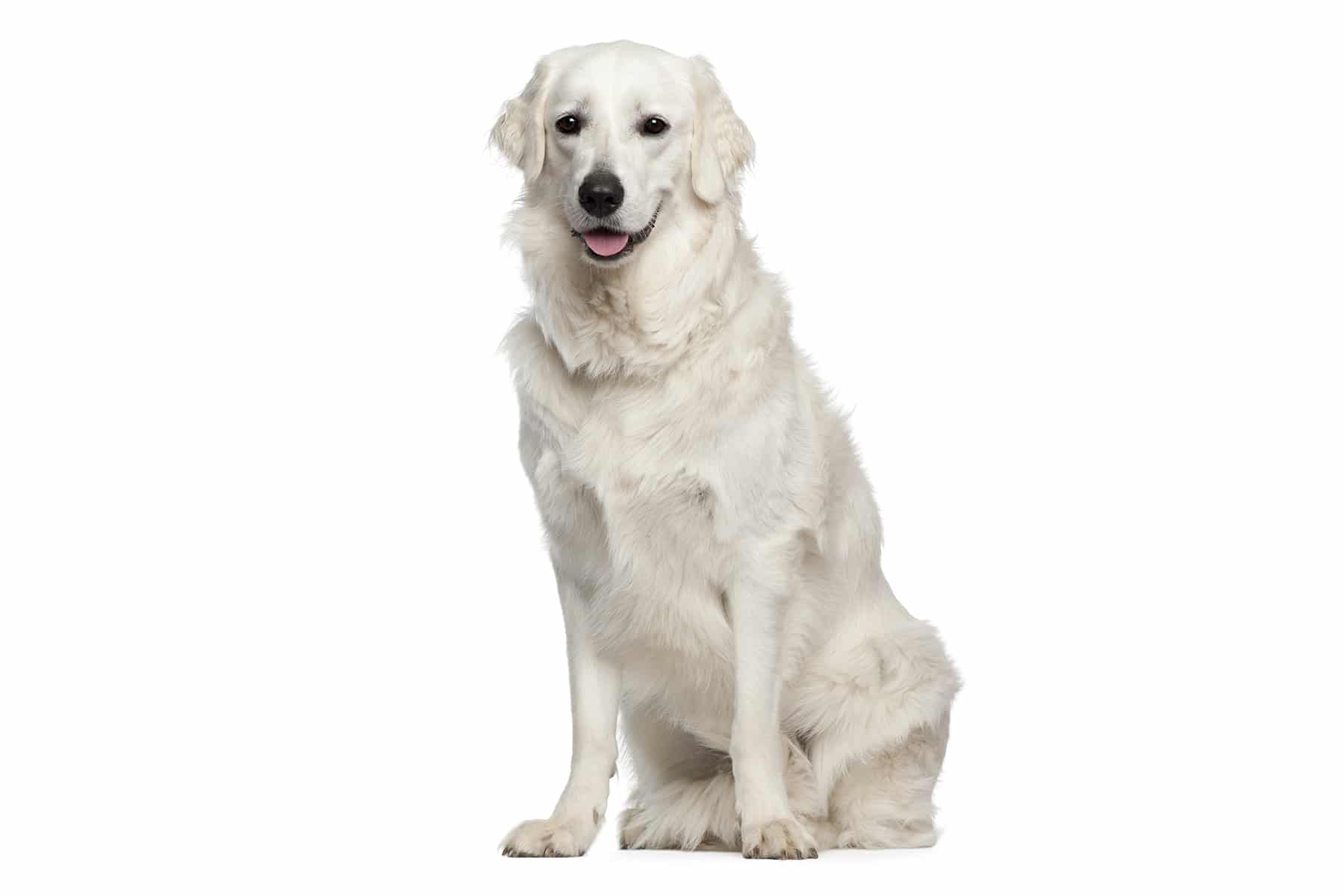Schnoodle
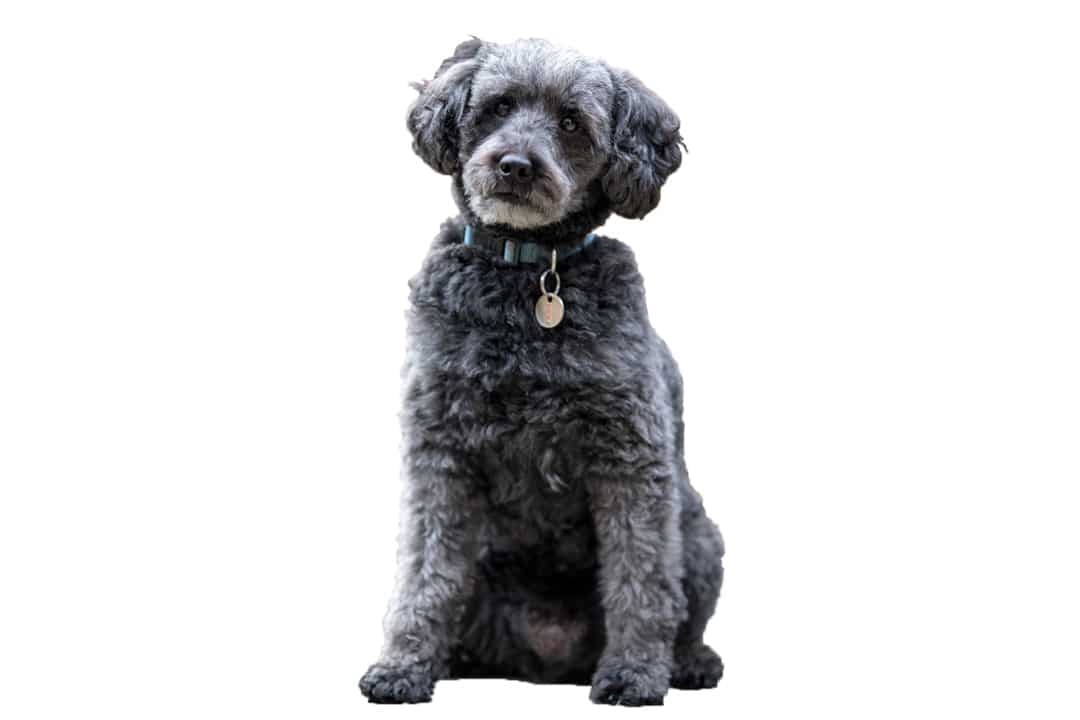
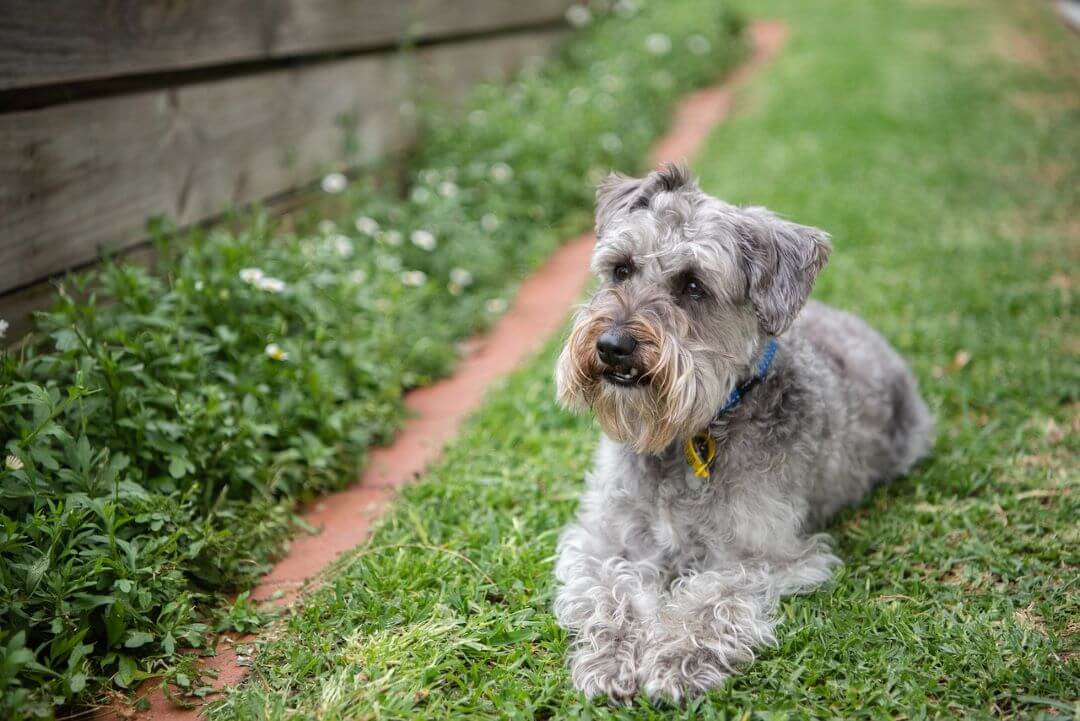
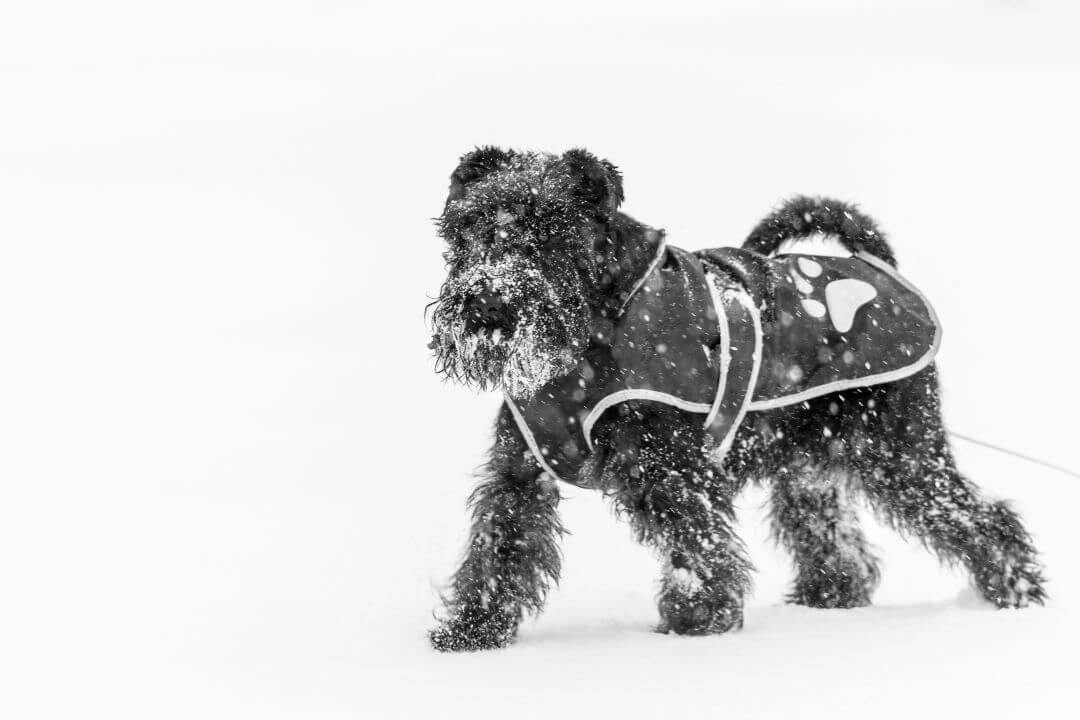
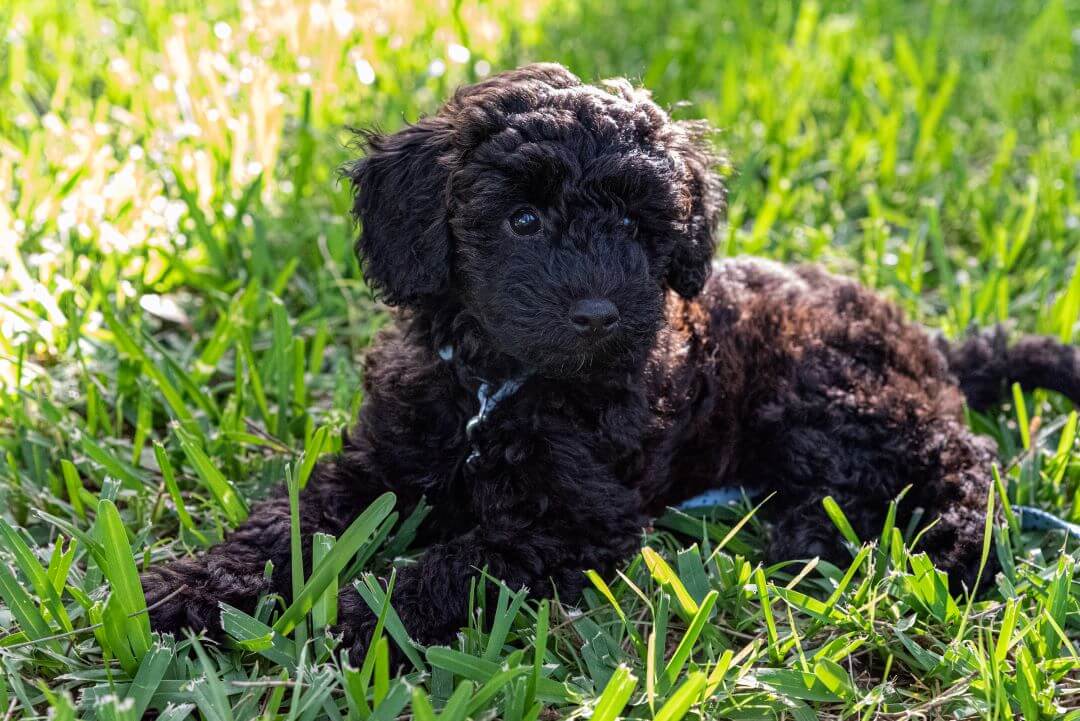
Temperament:
The Schnoodle, also called Snoodle, is a cross between schnauzer and poodle. It is considered a designer dog and is not a breed registered with the FCI. As bright family dogs, these fuzzy four-legged friends have won the hearts of dog lovers and are becoming increasingly popular. And for good reason.
Characteristics
The offspring of this cross show characteristics of both parents. Whether the poodle or the schnauzer predominates in a puppy depends on the individual. The Schnoodle has inherited an eagerness to learn and intelligence from the Poodle. From the schnauzer, it inherits self-confidence and balance. His offspring are happy, spirited, intelligent, loyal, alert and curious dogs. They learn quickly and easily.
With patience and consistency, even inexperienced dog owners can train their dogs successfully. A good puppy school can help with this. You should familiarize your puppy with many different situations, unfamiliar people, traffic, etc. With a Schnoodle, you will have an active, active dog.
You should plan a longer walk every day. It is just as important to keep your four-legged friend mentally active. They learn little tricks with enthusiasm. These cheerful furry friends are up for any game or nonsense. Perhaps you could try out a dog sport. How about agility, obedience, flyball or dog dancing? A Schnoodle quickly gets used to other animals in the household.
The size of your puppy depends on the parents. The offspring of a large poodle and a giant schnauzer reach a shoulder height of up to 65 cm. If miniature poodles and miniature schnauzers are bred together, the puppies will reach a shoulder height of 29 to 35 cm. The conformation varies greatly.
Round, dark eyes and floppy ears are typical. Both poodles and schnauzers have them. Your dog may have a moustache like a schnauzer. Others have the typical poodle cap.
The Schnoodle is available in black, white, gray, brown, apricot or pied. These dogs have hardly any hair. Are you allergic to dog hair and want a dog? Then a Schnoodle might be right for you. However, test this out in advance.
Coat care:
Shedding:
Energy level:
Trainability:
Children suitable:
The right food
When choosing food, make sure that it contains high-quality ingredients, is balanced and meets your dog's requirements. Age, size or weight, activity and health status play an important role. You should follow the manufacturer's recommendations for the amount of food.
Treats should only be fed in moderation and deducted from the basic diet to avoid obesity.
Puppies can be fed 4-6 times a day. The number of meals should be gradually reduced to 2 per day until the dog is fully grown. A rest period should be observed after meals.
Fresh drinking water should be available at all times.
Health & Care
The Schnoodle is a robust dog. It is not very high maintenance. The texture of the coat varies. It can be soft and curly or wiry. Depending on whether the poodle or schnauzer genes prevail. The coat should be brushed once or twice a week. The areas behind the ears tend to become matted. Your four-legged friend has a particularly soft coat here. Carefully loosen any tangles with your fingers. If you don't do this, large matted areas will develop. Then only the scissors will help.
Gently get your puppy used to being brushed. Only use soft brushes. Make sure it doesn't pull. Then he will enjoy being brushed later on.
Check the coat for burrs etc. after every walk. If they are still fresh, they are usually easy to remove. You may also discover a tick. You must remove it immediately.
Also check the ears when brushing. You may notice inflammation or an unpleasant odor. Then you need to take your pet to the vet. The vet will also take care of the claws. Only if you already have a lot of experience can you groom the claws yourself. With enough exercise, the claws will wear off by themselves. They then do not need to be trimmed.
Dental care is carried out with suitable chewing materials. Your four-legged friend will use these to scrape off the tartar themselves. However, you can also help with special dog toothpaste.
You should only bathe your Schnoodle if it is really dirty. Avoid it if it is not absolutely necessary. If you let the dirt dry, most of it will fall off by itself. You can brush out the rest.
You're probably wondering why dogs shouldn't be bathed so often. Bathing removes the valuable layer of fat. It coats the hair and keeps your dog warm and dry.
Take a closer look at your dog's coat the next time it rains: The hair has the function of a small roof tile. The water runs off. The skin underneath remains dry. If you bathe your dog, you destroy this protective layer. Your dog gets wet, escapes and can become ill.
If a bath cannot be avoided, use no shampoo or a mild, moisturizing dog shampoo if possible. Some dogs' coats become very greasy. Have your Schnoodle groomed by a dog groomer every 2 to 3 months. Sometimes a trim is enough.
Suitable accessories
Your Schnoodle needs a collar or harness. It also needs a suitable lead. A 100 to 150 cm long lead is sufficient for normal walks. You can give your little explorer more freedom with a tow lead.
He needs at least one bed or basket to rest in and as a place to retreat to. In the garden, he needs a weatherproof shelter with a cozy blanket.
A food bowl and several water bowls ensure that your pet is well fed. There should be a bowl of fresh water in every room. This is particularly important in the warmer months.
A dog brush and a dog comb are required for grooming. Tick tweezers remove the pests. You will also need claw clippers, a toothbrush and toothpaste for dogs, a transport box for transportation in the car and a first aid kit. It's best to ask your vet what should be in the first aid kit.
A few toys complete the equipment. Some furry friends prefer balls. They like to run after them. Others like to tug and chew and need tug toys. Test with your dog what he likes best.
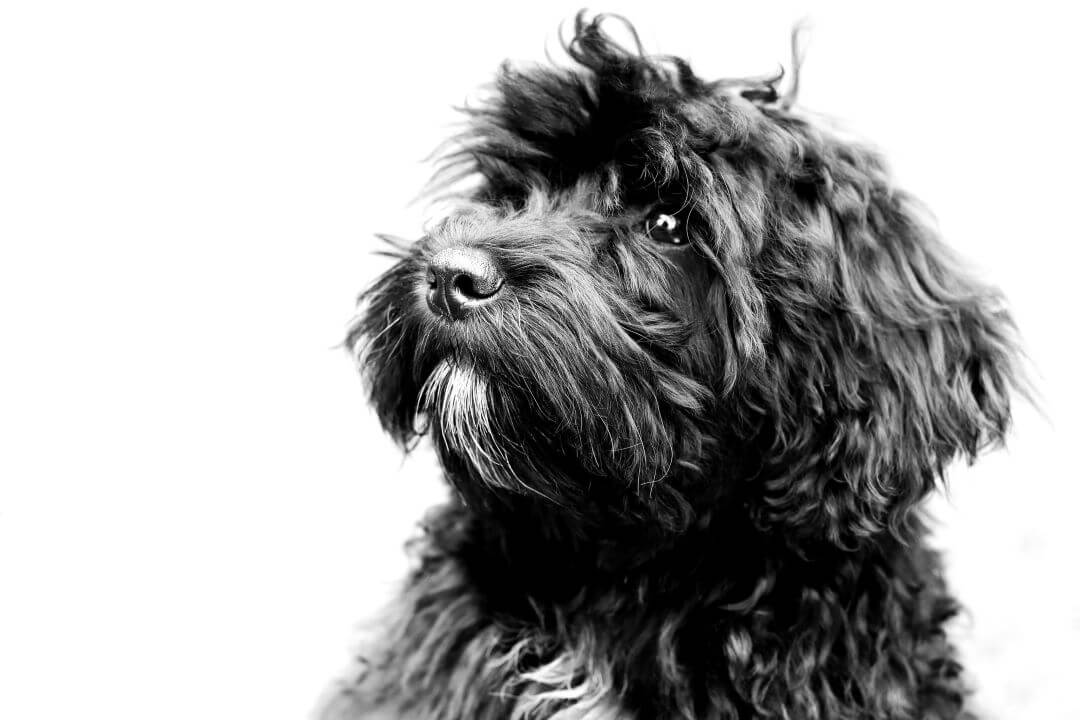
Origin & History
The Schnoodle originally comes from the USA. The first animals were born in the 1980s. The breeders were mainly interested in their compatibility with allergy sufferers. These beginnings were ridiculed. Only when the dogs proved themselves in households with allergy sufferers did this change. Today, the Schnoodle is widespread and popular all over the world.
When a Schnoodle is to be born, schnauzers and poodles are mated each time. No further breeding takes place with the puppies born. The Schnoodle is therefore a designer dog and not a breed in its own right. Strictly speaking, it is a mixed breed. If you look at the parents of your puppy, you can easily predict its characteristics. You can see approximately how big he will grow and what coat color he might have. You will find certain character traits from his sire and dam in him.
Breeding a new breed from these first puppies is very time-consuming. It would take many generations of dogs. The characteristics of the newborn dogs would become increasingly different from one another. A breed standard would have to be established. Only dogs with the desired characteristics would be bred. This would make it easier to cross-breed these lovable companions again and again.
